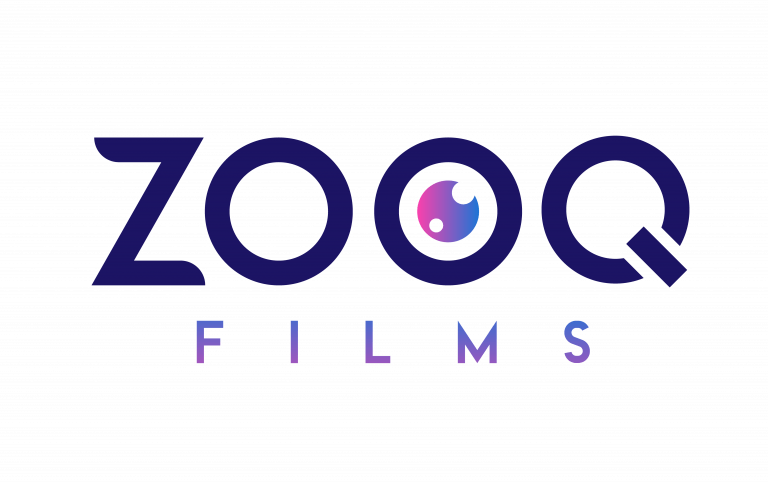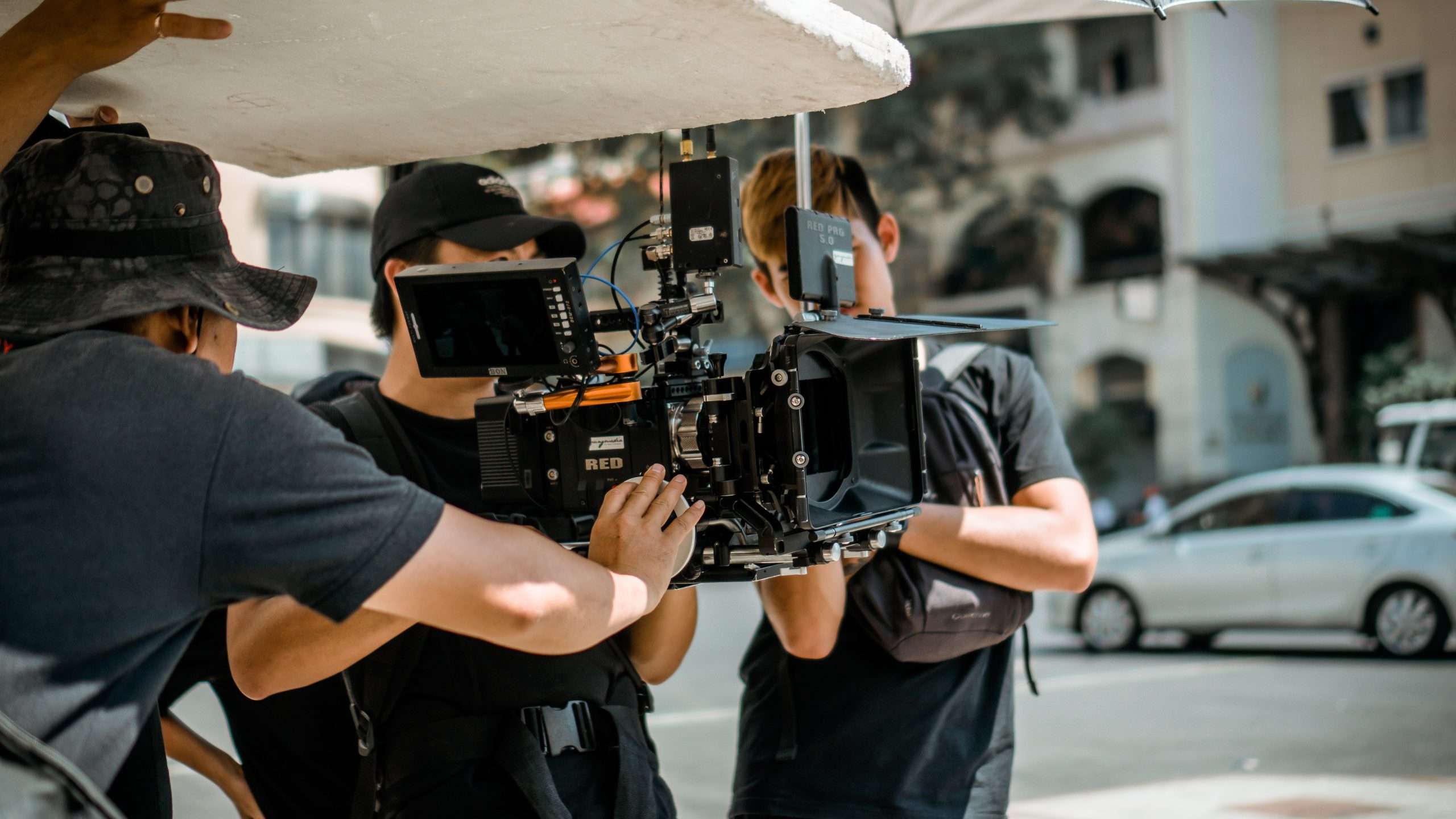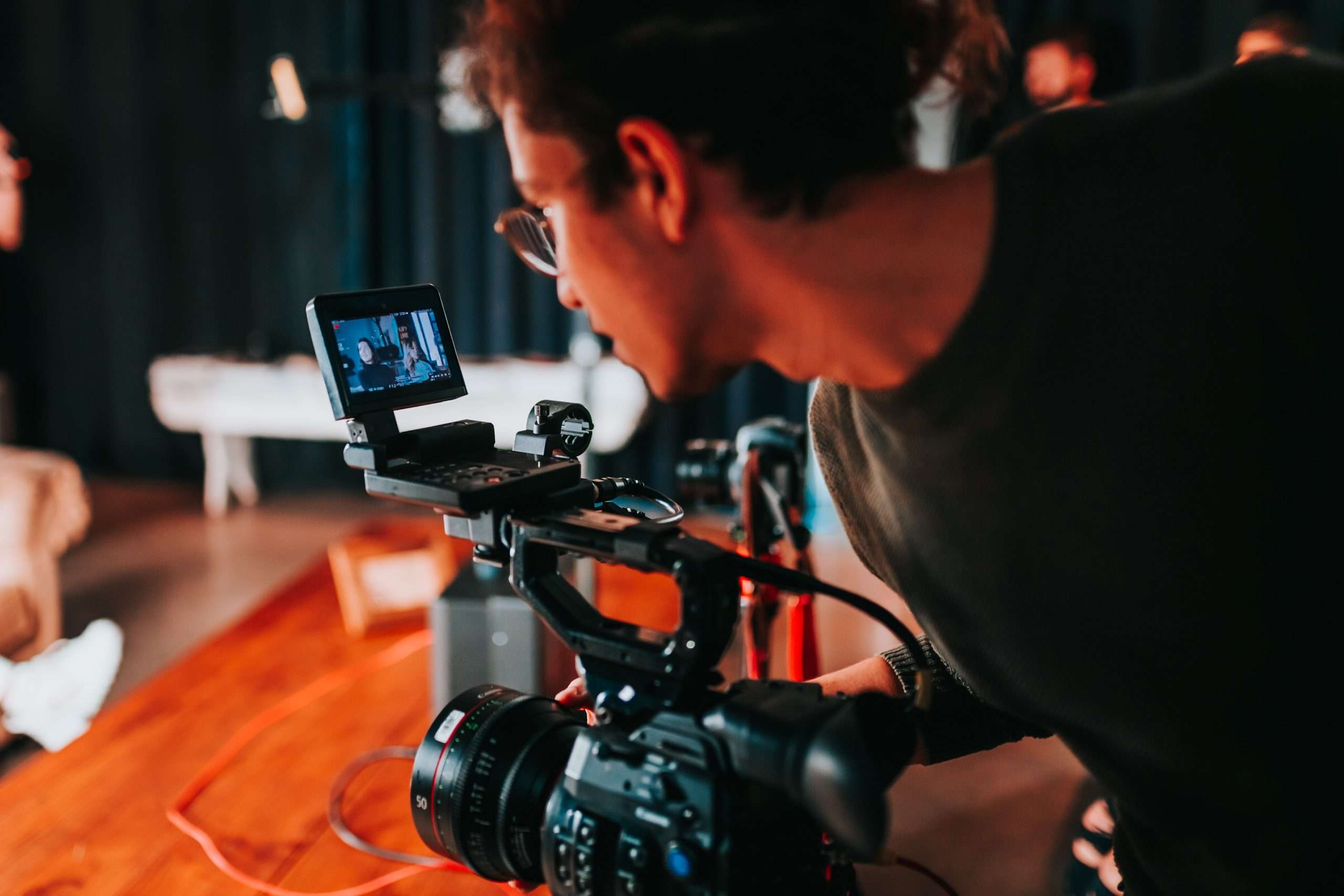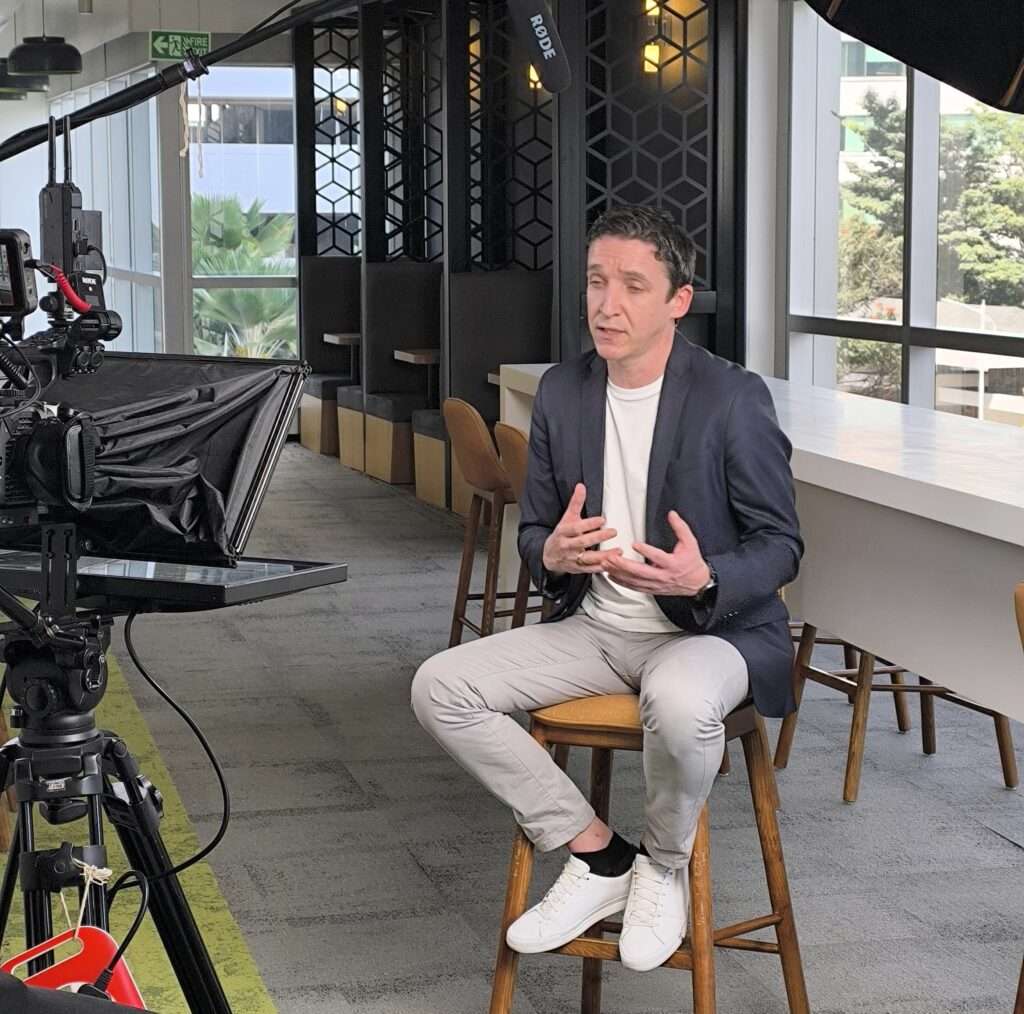Ready to tell your story? Whether you need a corporate film, documentary, or professional photography, Zooq Films is here to bring your vision to life.
Bangalore
- #12, Flat No. 202, M.J. Mansions, Kenchappa Road Cross, Bangalore - 560005
- +91 9535223433
- zooqfilms@gmail.com
- Mon - Sat: 9 am - 7 pm
Chennai
- Modern Tower, no.23, F6 ,First floor, Westcott Rd, Royapettah, Chennai, Tamil Nadu 600014
- +91 9940966932
- zooqfilms@gmail.com
- Mon - Sat: 9 am - 7 pm
madurai
- No.29/1 , second floor Chandragandhi Nagar, Ponmeni MADURAI, Tamil Nadu 625016
- +91 7892519923
- zooqfilms@gmail.com
- Mon - Sat: 9 am - 7 pm










